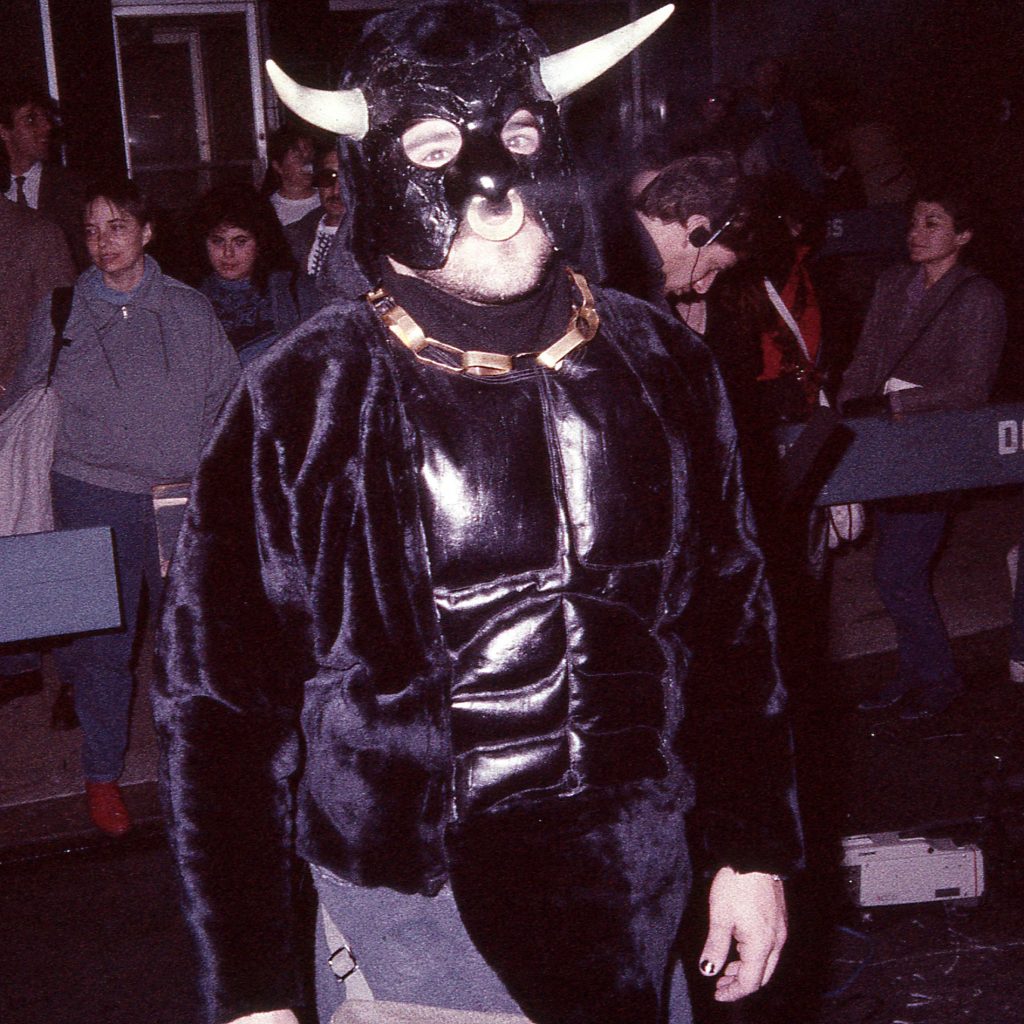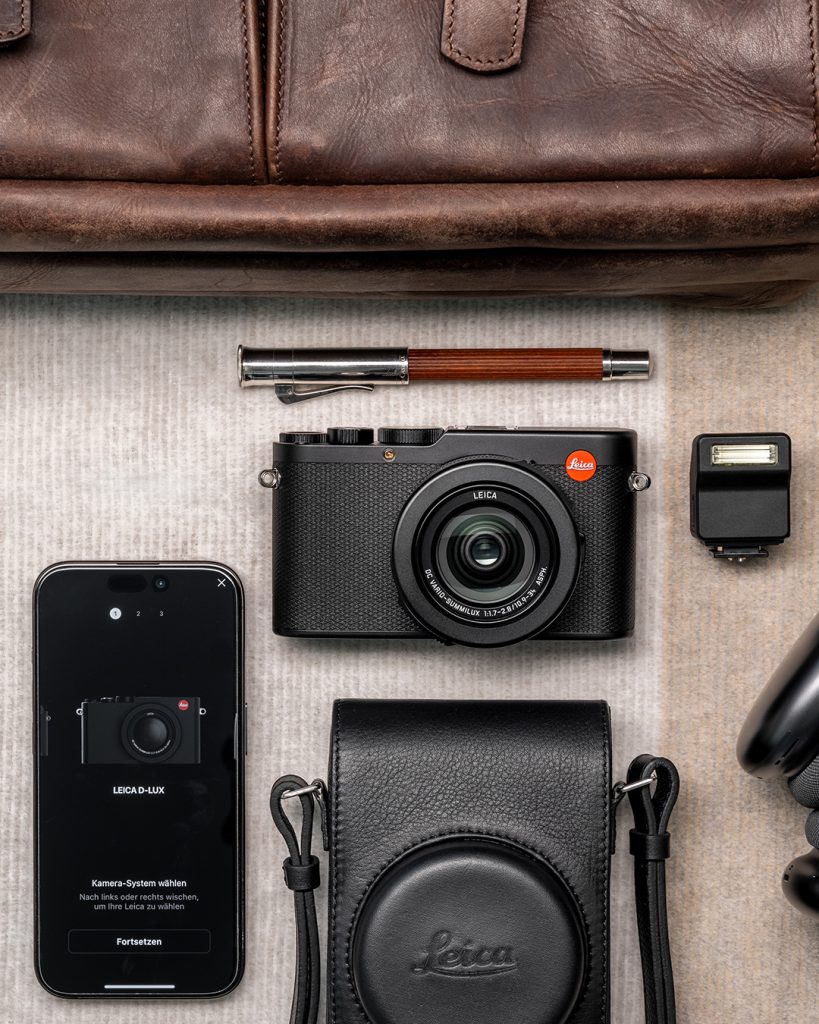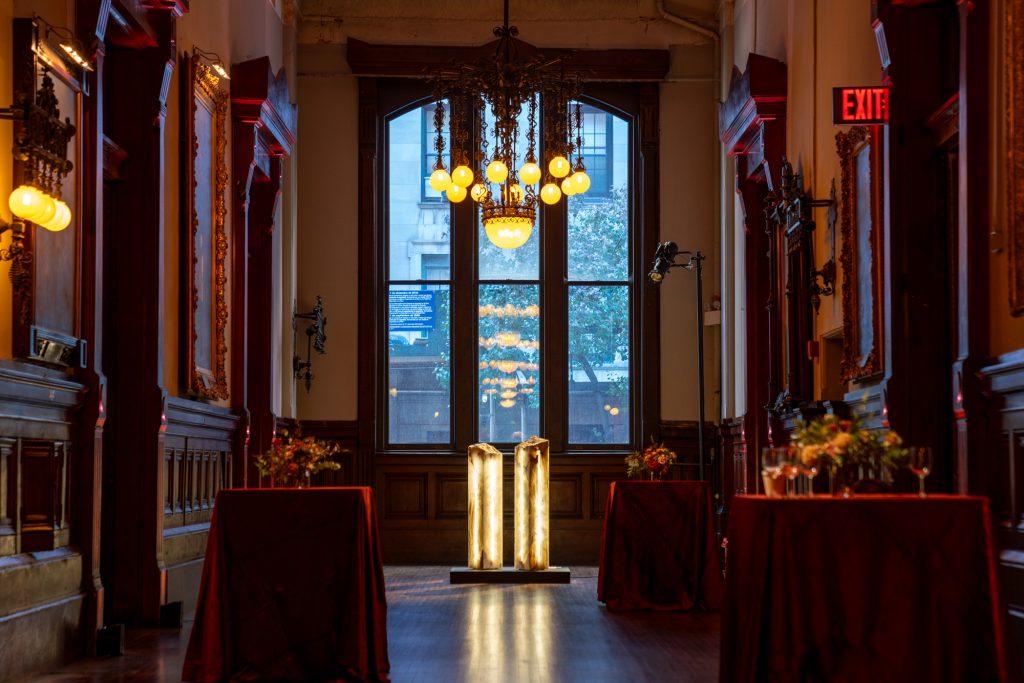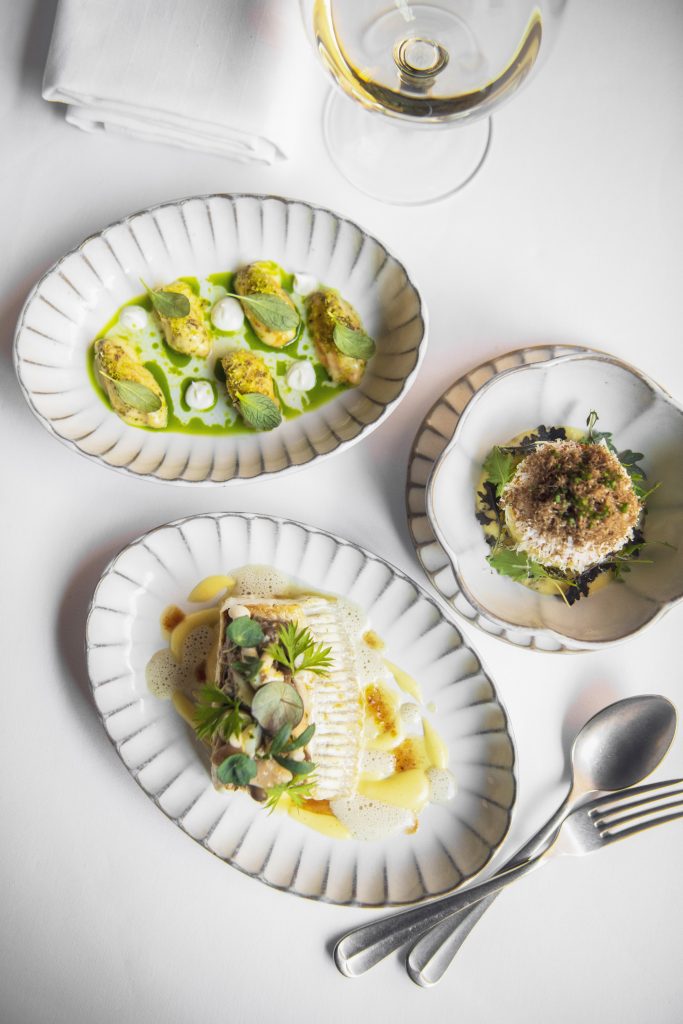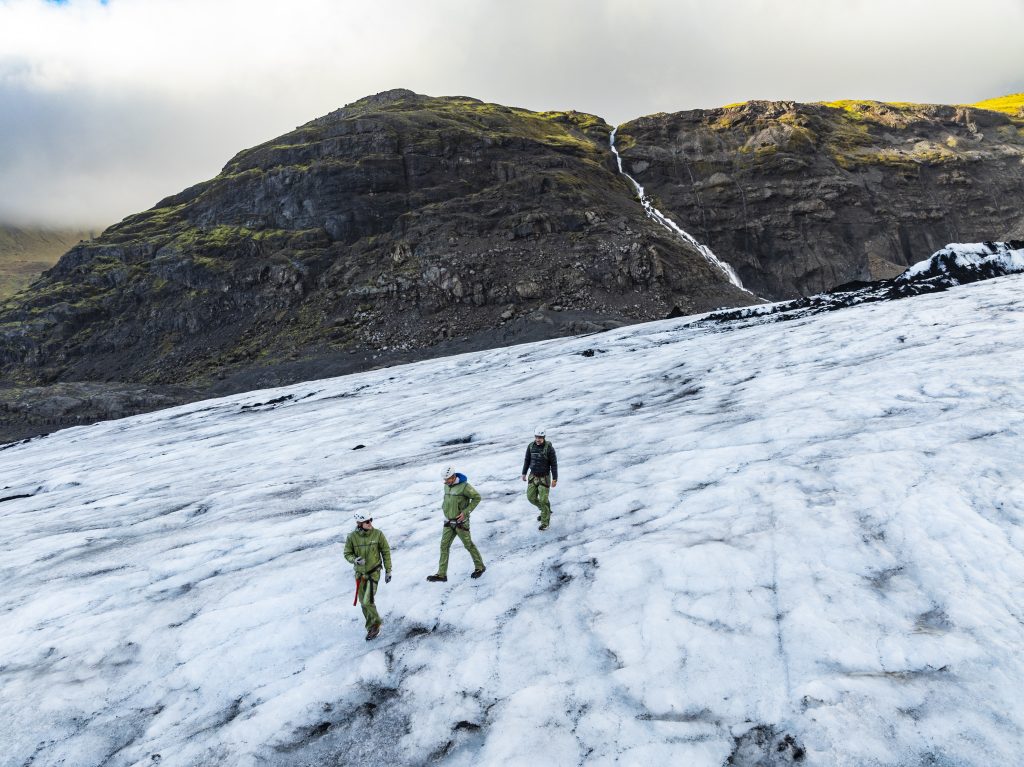Interview: Photographer Gregory Kramer
“DRAGS,” the artist’s new photo book, profiles NYC drag queens and drag kings
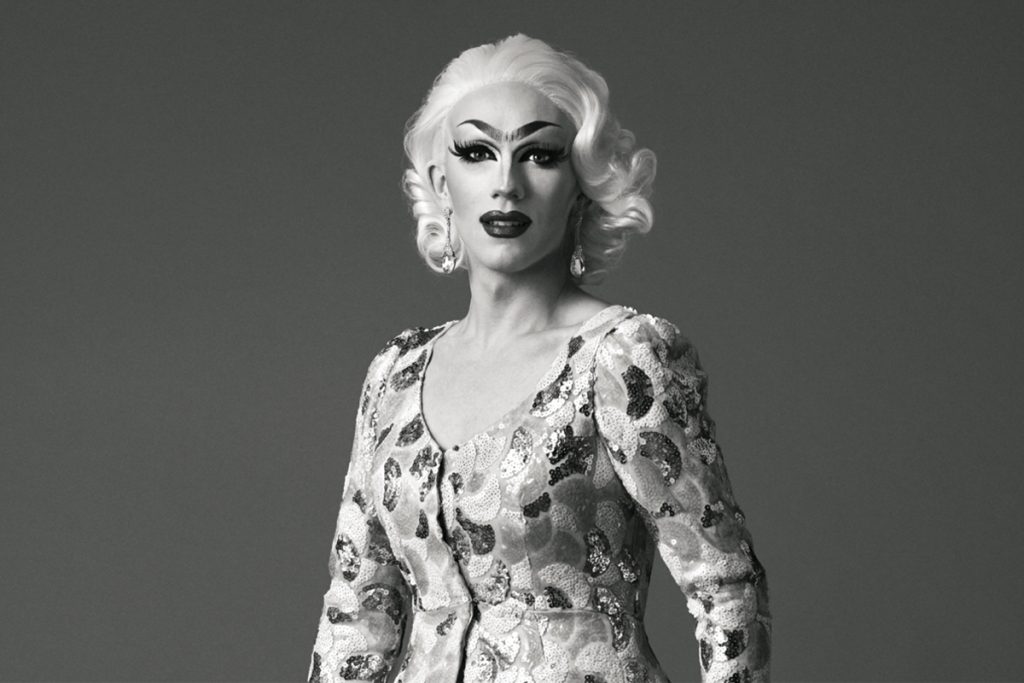
Born in a tiny town in rural Michigan, director and photographer Gregory Kramer moved to New York City in 1992 and fell in love with drag queens and kings. Over the past few years, he knew he wanted to work on a new project, but it wasn’t until he picked up Irving Penn’s “Small Trades” that the vision for his photo book “DRAGS” came into focus. When thinking of images of drag queens, many may recall Nan Goldin’s raw documentary-style candids or Magnus Hastings’ over-the-top, saturated images. Kramer adds to that canon with a book of highly stylized black and white portraits that profile legends and emerging talent from the New York scene.
Starting with an initial list of 10, the “DRAGS” project evolved organically as one performer would suggest another. The result is 80 images of 48 performers and five essays. Proceeds from the book will be donated to the Ali Forney Center which provides services for homeless LGBTQ teens. We spoke to Kramer about his creative process and the significance of drag culture.

How did the “DRAGS” project come about?
I’ve always admired drag kings and queens and always sort of looked up to them as local superstars. It began as an email to Linda Simpson who I’ve known for about 10 years. I shot a portrait of her and we discussed the project. I told her I wanted to donate the proceeds from the book—if that was going to be the final product—to the Ali Fourney Center. So I shot the portrait of Linda and came up with a list of 10 performers that I wanted to shoot, sent the portrait of Linda along [to them] with what the project was about and who it was going to benefit, and that’s how it got started.
Surprisingly, there aren’t all that many books about drag queens/kings out there.
Yes, I felt like nobody had really documented the New York City scene. No one has really taken the kings and queens out of their nightlife environment and put them in studio to capture them. All the photos that I was familiar with and loved were the pictures that were shot at Highlife/Lowlife or the Roxy or all the other drag revues in the city. I felt like it would be a great time to document not only, say, Lady Bunny and Linda but newcomers such as Glace Chase and Reina Del Taco and present them in a portfolio.

How did you choose Sasha for the cover?
When I met Sasha she blew me out of the water. She was on time, her make-up was flawless. Her clothing was curated. The nicest, sweetest person in the world. She just has this presence when she walked into the room. The minute I saw her I was like, “I’m in love with you and you have to come back and do the cover.”
Tell us a little about your high-fashion angle for the images.
I come from a fashion background. I thought that shooting everyone in a classic way just kind of erased the pop aesthetic and you really could focus on them as individuals and as performers. We ended up shooting with tungsten light, so it’s basically a big scrim with four heads behind it. The background was gray seamless, which is consistent. The lighting never changed for anyone. And they’re all shot with the Canon 5D. I used the 85mm lens for everybody. All the images were shot full-length and black and white. The process really varied among the performers. Some people would come ready and I didn’t really know the majority of them so I would show them examples of what I had shot.
One thing I think really helped this project is I edited with the performer—so after we shot they sat down next to me and we chose the final picture between the two of us. That really helped gain the trust of someone I don’t know. And the other people like Crimson Kitty, who I adore, who came and got ready at the studio. Sometimes it would take two to three hours and you get to know them then. Some people we shot 60 frames, some people we shot 600 frames. Once a performer was happy and excited about their image I was like, “OK, we have this.”

How do you feel “RuPaul’s Drag Race” affected the community?
Aja, Sasha, and Peppermint—who are all in the book—I didn’t know that they were going to be on “Drag Race” until after I shot them. It’s amazing to see someone who’s a local plucked from their scene and brought to a global audience.
How do you feel about the mainstreaming of drag culture?
I think it’s all good. Anything to bring awareness and acceptance to what is considered the norm. Like, I’m from a really small town and I still go home and there’s still the tension that we’re feeling today with the whole president out there so I think anything that you can bring to people’s attention and say, “This is OK.” I’m all for it. One thing I applaud RuPaul for is choosing Sasha. Sasha is not your typical drag queen: she’s very intelligent, she doesn’t get up and lip sync Britney Spears numbers. Sasha’s political. She’s not doing your typical drag show basically. She does a night in Brooklyn called Nightgowns and her opening number a couple of shows ago was Tom Waits. To me she’s kind of presenting another side of drag that is not well known. She’s just like the alternative to drag I think in the best way possible.

What are some of the topics or issues that the essays in the book are exploring?
Sweetie is giving acknowledgement to the queens who came before us and how their struggles have made it easier for everyone today. One of my favorite quotes from that is every time she got in a cab she would always give a little wink up to heaven thanking all the queens who made it possible for her to do this. Since then she has passed which makes it even more… it’s like now Sweetie is up there helping other generations. Goldie Peacock talks about drag kings. She addresses what a drag king is, references where drag kings are these days, how it’s becoming more acceptable. It’s just kind of introducing drag kings who aren’t as well-known as drag queens.

You’re donating the proceeds from the book to the Ali Fourney Center, and hosting a book launch that will also benefit the organization—how did that all come about?
It all sort of fell into place. Since I moved to New York I’ve been very fortunate. I’ve had a pretty successful career and I felt like it was time to give back to the community. For the event, it’s going to be 30 performers from the book. There’s going to be solo acts combined with double acts, there’s going to be singing, dancing, lip-syncing, there’s going to be a few people ranting. Picture of 30 drag queens and kings in one room for one night. A lot of the performers I spoke to are very excited to be together for that charity. It’s going to be amazing.
“DRAGS” is available for pre-order online and the launch party at the Highline Ballroom is set for 7 September from 7PM. All proceeds from the book and party will benefit the Ali Forney Center’s mission to protect LGBTQ youth.
Images courtesy of Gregory Kramer


